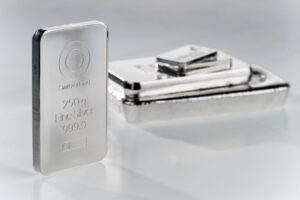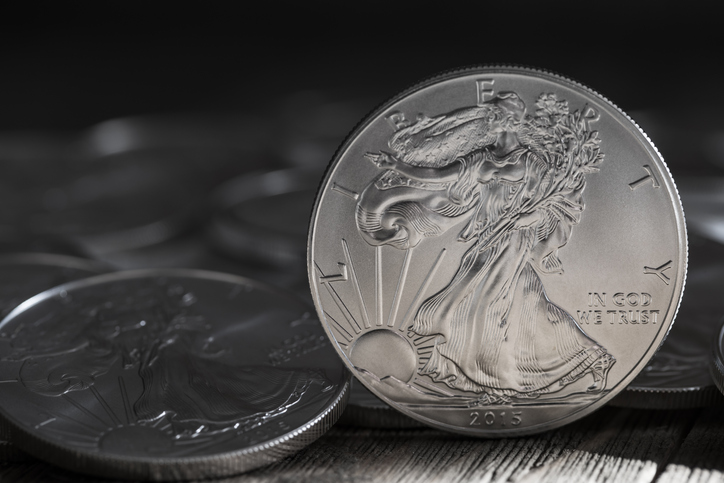Silver Scarcity Gets More Extreme
The comments below are an edited and abridged synopsis of an article by Keith Weiner
The silver price has dropped recently. The price is the seen; the basis mostly goes unseen.
A chart (included) shows two ratios: Gold basis to silver basis, and gold cobasis to silver cobasis, or a measure of gold’s abundance to silver’s abundance, and gold’s scarcity to silver’s scarcity.
Today the blue line (gold is more abundant) is not merely above 1, it is above the spike in October, 2008. To find a level this high, we have to look back to 2006. Before that, 2001. And before that, 1998, when Berkshire Hathaway was buying mass quantities of silver after Warren Buffett drove the price up 73% from about $4.25.
Now the old standby, the silver basis overlaid with the dollar price measured in silver: The cobasis—the measure of scarcity—has been almost straight up from August 8. So has the dollar, which rose from 1.49 grams of silver on August 10, to 1.75g (that’s silver dropping from $20.80 to $17.76, just about $3.00).
Normally, the basis should be around the cost of storage + the cost of interest + marginal profit margin. The higher the interest rate, the higher the basis should be.
Times have not been normal since 2008, and especially since the Covid lockdown. The relevant interest rate to the basis (i.e. the short-term rate) has been on a tear since Q4 last year, and accelerating since the end of January.
At the beginning of August, 6-month LIBOR was 3.3%. Now it is 3.7%. That’s a gain of 0.4%, which may not sound like a lot, until you look at the cobasis, which is under 0.5%. The interest rate moved as much in a month as the total magnitude of the cobasis!
Normally the silver basis should go up; it would be remarkable for going down at all, much less with the interest rate rising this much.
Finally, Weiner looks at the silver lease rate, which is LIBOR—the silver forward rate (related to the silver basis).
It’s up to 4.8%, the neutral point for a bank. Banks borrow at LIBOR, buy silver and then sell it forward. They would have to charge 4.8% to break even. This does not count their own internal treasury cost—the bank may be borrowing at 3.7%, but it marks up this cost to each group within the bank. Then the bullion group has its own internal costs. Then a credit spread is added, based on each particular lessee’s risk profile. And finally, a profit margin is added.
It makes sense that, as something becomes scarcer, the cost to rent it goes up. This is what backwardation is telling us. Silver has become scarce. This is likely to mean a price move to the upside.


